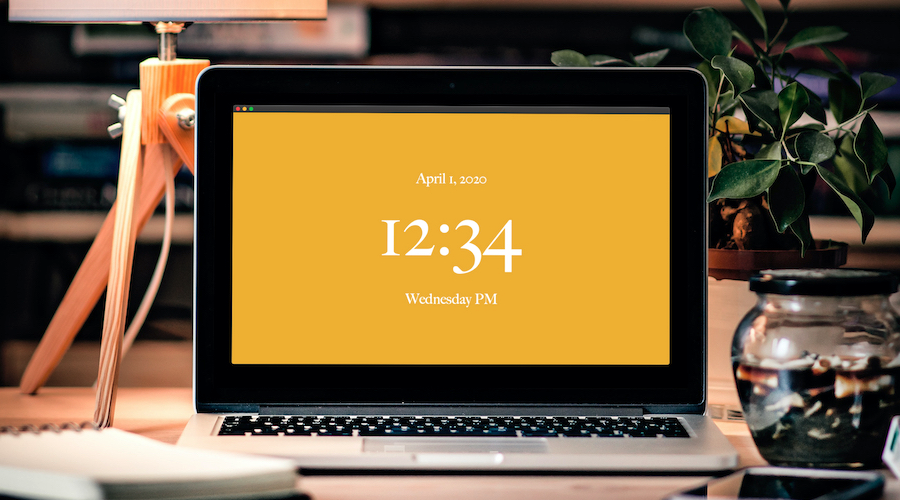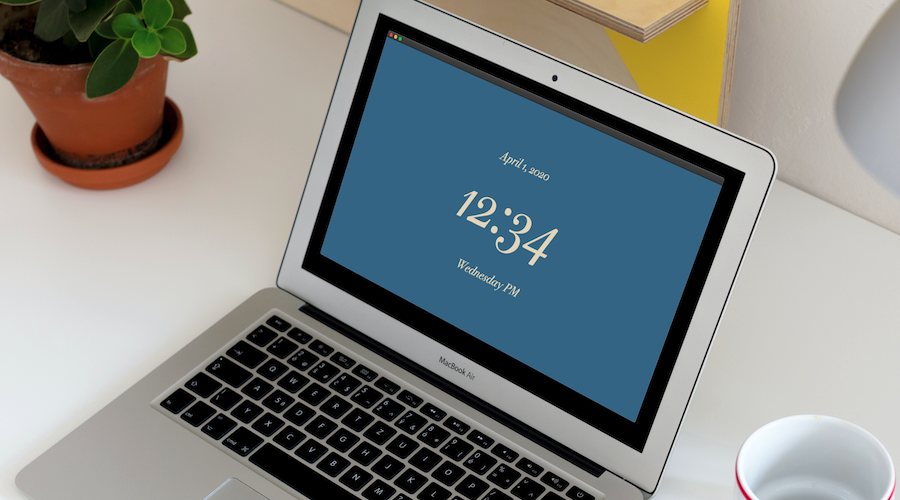Big Caslon
Matthew Carter
Big Caslon by Matthew Carter is inspired by the “funkiness” of the three largest sizes of type from the Caslon foundry. These have a unique design with dramatic stroke contrast, complementary but very different from Caslon’s text faces; one was apparently originally created by Joseph Moxon rather than Caslon.[15][4] The typeface is intended for use at 18pt and above.[73][74] The standard weight is bundled with Apple’s macOS operating system in a release including small caps and alternates such as the long s. Initially published by his company Carter & Cone, in 2014 Carter revisited the design adding bold and black designs with matching italics, and republished it through Font Bureau.[75][f] It is used by Boston magazine and the Harvard Crimson.[78]
Caslon
Caslon is the name given to serif typefaces designed by William Caslon I (c. 1692–1766) in London, or inspired by his work.
Caslon worked as an engraver of punches, the masters used to stamp the moulds or matrices used to cast metal type.[1][2][3] He worked in the tradition of what is now called old-style serif letter design, that produced letters with a relatively organic structure resembling handwriting with a pen. Caslon established a tradition of engraving type in London, which previously had not been common, and was influenced by the imported Dutch Baroque typefaces that were popular in England at the time.[4][5][6][7] His typefaces established a strong reputation for their quality and their attractive appearance, suitable for extended passages of text.[8][9]
The letterforms of Caslon’s roman, or upright type include an ‘A’ with a concave hollow at top left and a ‘G’ without a downwards-pointing spur at bottom right. The sides of the ‘M’ are straight.[10] The ‘W’ has three terminals at the top and the ‘b’ has a small tapered stroke ending at bottom left.[10] Ascenders and descenders are relatively short and the level of stroke contrast is modest in body text sizes. However, Caslon created subtly different designs of letter at different sizes, with increasing levels of fine detail and sharp contrast in stroke weight at larger sizes. Caslon’s larger-size roman fonts have two serifs on the ‘C’, while his smaller-size versions have one half-arrow serif only at top right. In italic, Caslon’s h folds inwards and the A is sharply slanted.[10] The Q, T v, w, and z all have flourishes or swashes in the original design, something not all revivals follow.[10] The italic J has a crossbar and a rotated casting was used by Caslon in many sizes on his specimens to form the pound sign.[3]
Caslon’s typefaces were popular in his lifetime and beyond, and after a brief period of eclipse in the early nineteenth century returned to popularity, particularly for setting printed body text and books. Many revivals exist, with varying faithfulness to Caslon’s original design.[11] Modern Caslon revivals also often add features such as a matching boldface and ‘lining’ numbers at the height of capital letters, neither of which were used in Caslon’s time.[12][a] William Berkson, designer of a revival of Caslon, describes Caslon in body text as “comfortable and inviting”.[13]
– From Wikipedia




